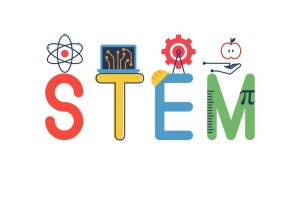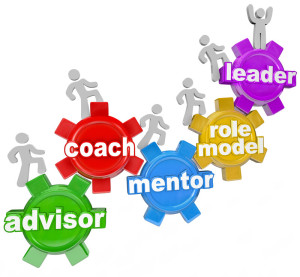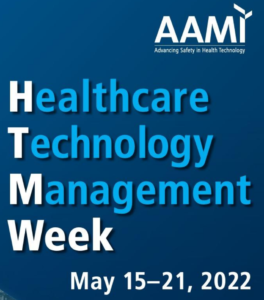Last week I jumped in on the hot topic of AI with my post, “AI in healthcare – is 2023 the breakout year?”. HIMSS23 was just wrapping up so I was waiting to hear overall recaps and especially updates on AI and ChatGPT.
ChatGPT.
Those recaps came as expected. Here’s a short compilation of several I found:
- HIMSS23: Healthcare Leaders Need to Take Control as AI Surges into a New Era – recap from HealthTech of the April 18th opening keynote panel titled “Responsible AI: Prioritizing Patient Safety, Privacy, and Ethical Considerations”
- Healthcare IT News Weekly had several articles on April 24, 2023:
- HIMSS23 Recap and Major Announcements – vendor announcements including AI, from DigitalHealthWire on April 20, 2023
- HIMSS23 Global Conference: Top 5 Insights and Trends for the Health IT Industry – no surprise that AI makes the top 5 list from Christopher Kunney, SVP Digital Acceleration at Divurgent
And finally, a resource to keep watching and listening to is Bill Russell’s This Week Health. His most recent Newsday show was “Today: Deploying Chat-GPT in your setting”. He references an article by Jonathan Balaban, a data scientist, and emphasizes the need for governance and security. Bill sees a lot of potential for ChatGPT but argues organizations need boundaries. As my favorite television news anchor likes to say, “watch this space”.
The use of AI in healthcare is evolving quickly. Every vendor seems to be an AI vendor in some form, or so they say. CIOs need to stay current, leverage their current vendor partners, carefully assess the new niche players and their claims, develop AI skills within their teams, and find ways to experiment that make the most sense for their organization.
If you have AI stories to share, please do. I may use them in future posts.









